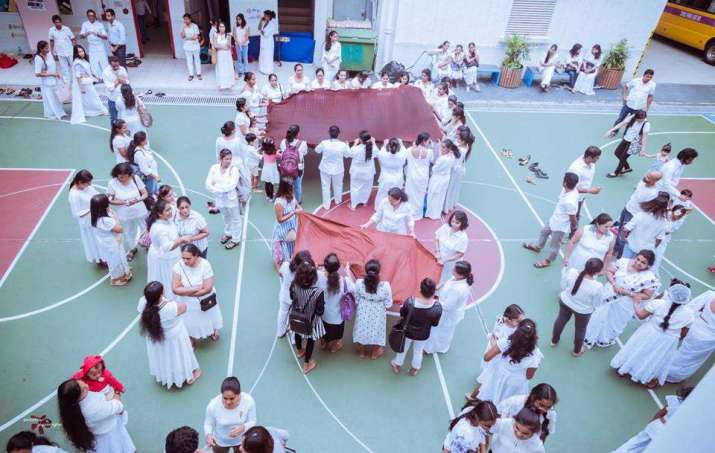
Hong Kong’s Sri Lankan Buddhist community celebrated the Kathina festival and ceremony from 3–4 November, in coordination with the Sri Lankan Buddhist Cultural Centre of Hong Kong (SLBCCHK). It marked the second consecutive year the occasion has been observed by the community in Hong Kong and the first time that the robes to be presented to the monks were paraded around Hong Kong. Volunteers and organizers said this year’s Kathina was the most important event that had been organized by the comunity in Hong Kong so far.
Held annually in the four weeks following the end of vassa, the rains retreat, Kathina is one of the most important festivals in Theravada Buddhism, during which laypeople offer robes, food, and other supplies to the monastic community.
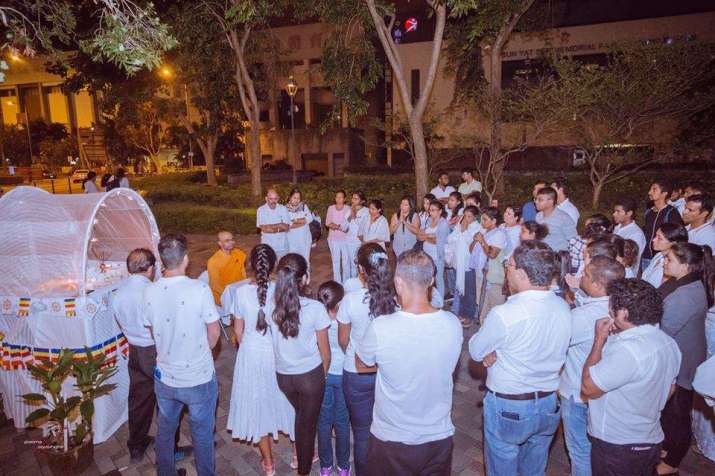
On 3 November, the cloth that would be cut and offered to the monastics was carried to a mobile shrine in an evening procession across Hong Kong, Sri Lankan and Buddhist flags fluttering amid a long line of parading Sri Lankans. Enthusiastic volunteers reported in, in hope of taking part in the ceremony the following day. Ven. Sumita Thero, spiritual mentor of SLBCCHK, traveled to several districts in the city, greeting volunteers in the middle of the night. People came from all backgrounds among the Sri Lankan community, from students and parents to professionals. The mood was alight with excitement and laughter as dawn approached.
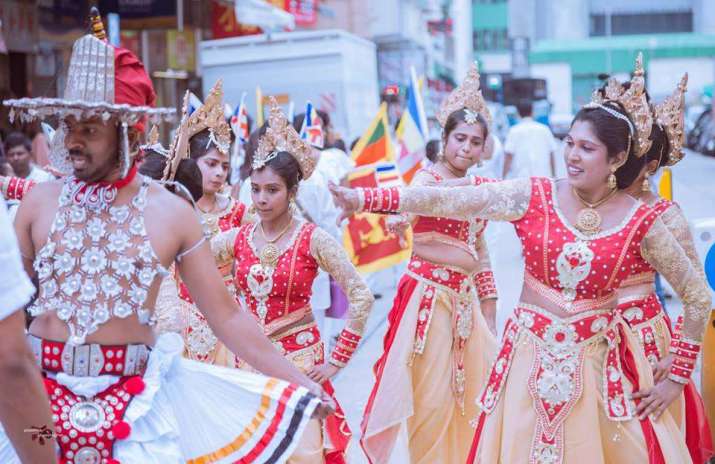
The hard work put in through the late night and early morning would be rewarded with encouragement from Ven. Sumita. The ceremony officially began at 5am on 4 November, with the monks’ blessing and consent for the cloth to be cut and sewn into robes. The cloth was paraded for throngs of Theravada devotees, and then prepared for monastic use. Ven. Sumita then gave a Dharma talk (on this occasion such a talk is called the Kathina Anisansa Dhamma sermon), before the Kathina ceremony was formally held, with householders offering the completed offerings to the assembled monastics. Festival attendees were also treated to a large vegetarian buffet.
The celebrations were followed on 11 November by the Asian Ethnic Cultural Performances 2018 organized by the Hong Kong government in the harbor district of Tsim Sha Tsui. The event was organized in collaboration with several consulates in honor of the UN World Day for Cultural Diversity for Dialogue and Development.
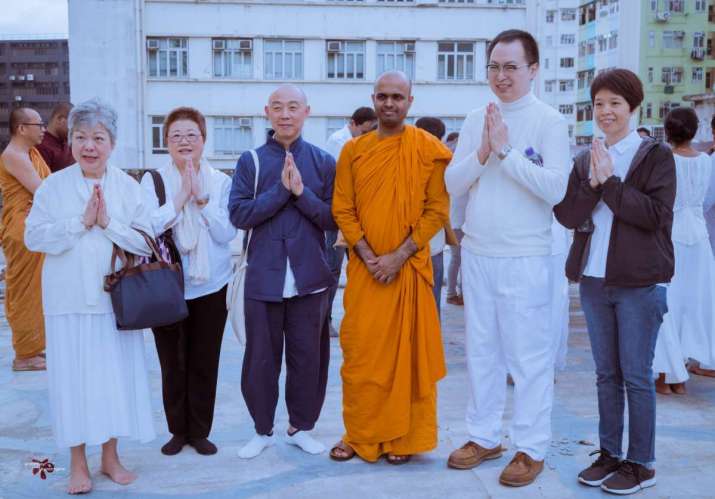
Kathina and vassa hearken back to an age when Buddhist monastics structured their lives around the South Asian monsoon season, and cloth that could be used to sew into monastic robes was in scarce supply. Buddhism originated as a movement of itinerant monastics who survived on the generosity of donors in whatever locality they taught the Dharma. As the religion grew, with both monastics and laity requiring guidance on managing the upkeep of monks and nuns during the difficult rainy season, the Buddha ruled that it should be spent in intense study and meditation in a single location. This extended three-month rains retreat (vassa) became the basis for the first sedentary dwellings of the Buddhist order, which in turn evolved into the earliest monasteries and temples.
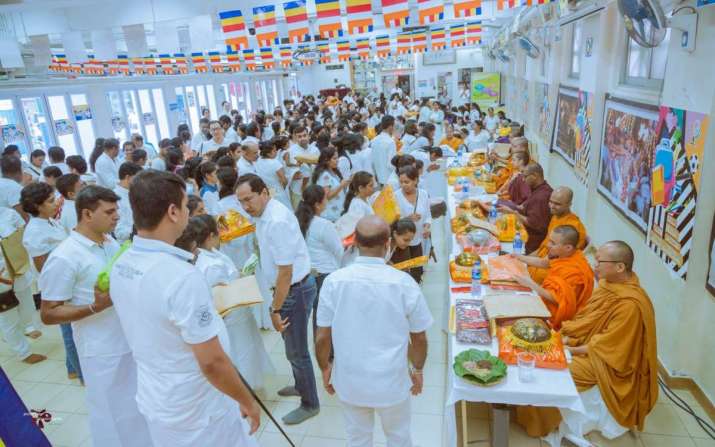
According to the Vinaya, monks and nuns were forbidden from buying cloth as they were not allowed to handling money, or to ask anyone for cloth, or to borrow clothing from another monastic. The only kind of garment permitted was “pure cloth,” fabric not wanted by anyone else. With sedentary life becoming an annual occurrence in the schedules of monks and nuns, the Buddha modified some of the rules around cloth for monastics that had completed the vassa retreat, and in doing so, initiated the Kathina ceremony for monastics and householders to participate in together, as a united sangha.














